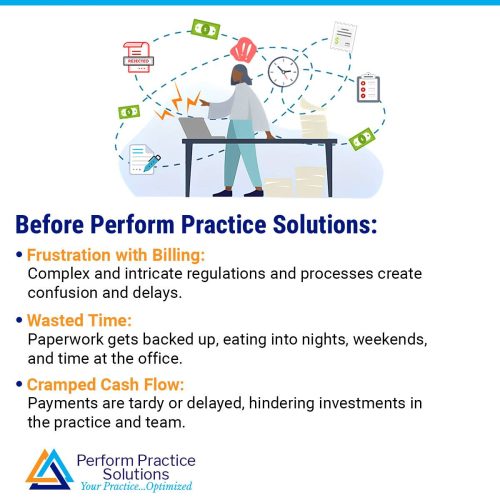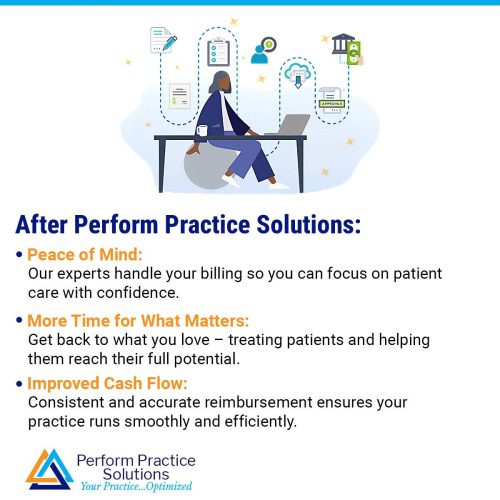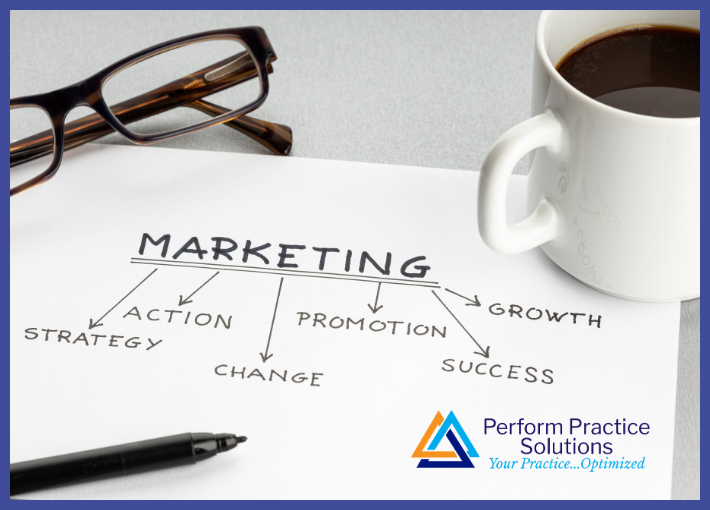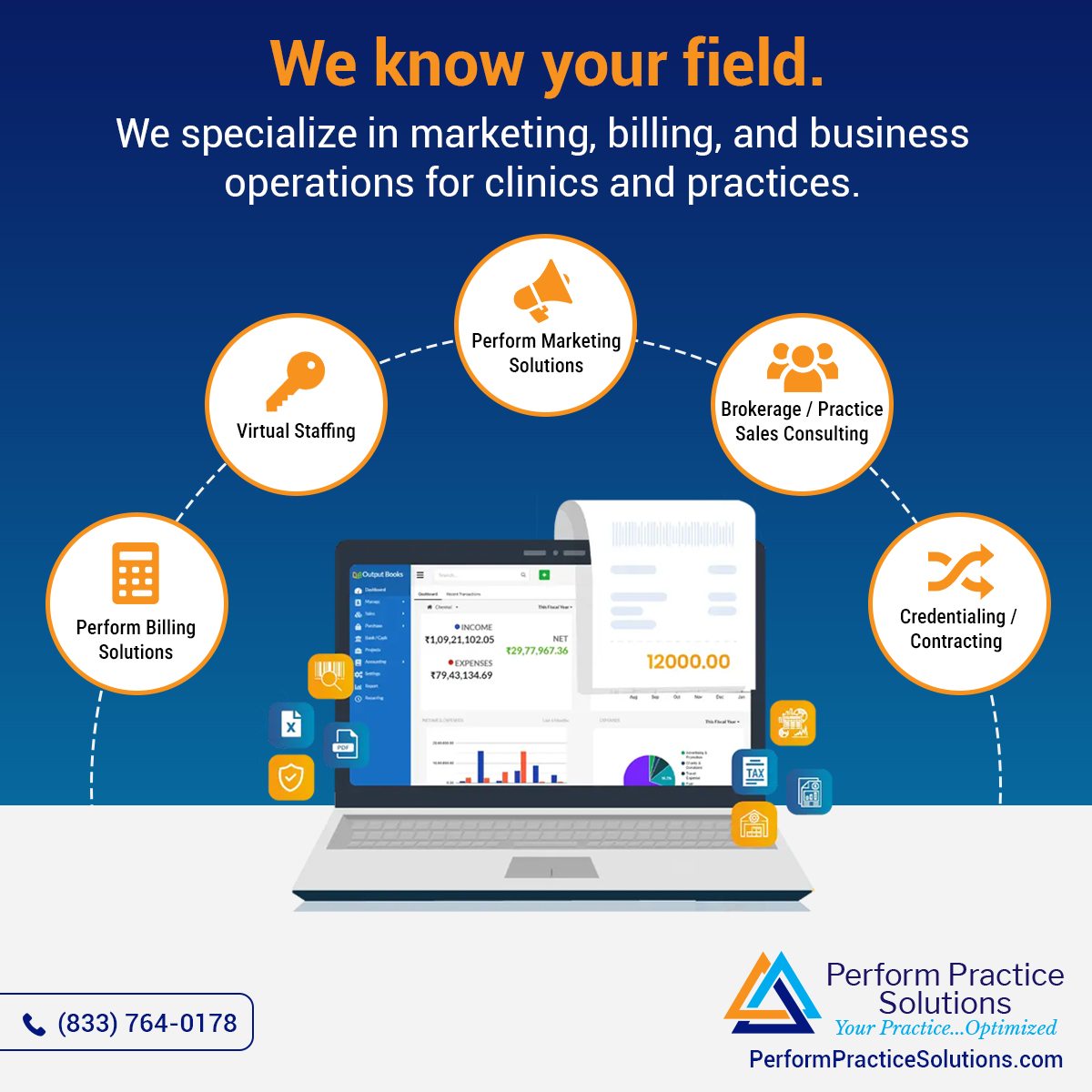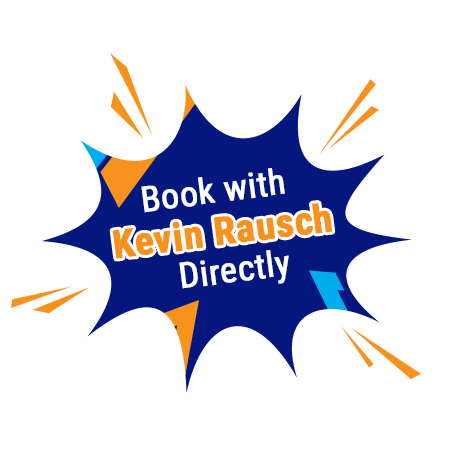Standing out and connecting with patients requires more than just excellent care—it demands smart, innovative marketing strategies. In this blog, we’ll explore seven proven strategies that can transform how you engage with your audience and grow your practice. Want to take your healthcare marketing to the next level? Keep reading to discover how!
In the meantime, are you feeling stuck in your practice? Schedule a no-cost consultation & get a customized roadmap for your practice — including a free website, social media and SEO audit. Let’s talk: BOOK HERE.
A marketing strategy is essential for any medical practice. You could have the best practitioners in the world, but if your potential patients don’t know about your practice, it’s going to be very difficult to be successful. While healthcare marketing requires a consistent, proactive approach to work, it doesn’t have to be complicated. Here are some strategies and tips to help you with your healthcare marketing strategy.
Marketing strategy: the first rule for healthcare marketers
Marketing your healthcare services means getting out there in front of your potential customers – but first you need to know who they are. Are you looking to attract a certain age, demographic, people with certain specific health conditions?
If you’re not sure, take a look at your existing patients, as well as any specialist services your healthcare organization already provides. It may help to do some competitor research and find out what services your competitors are offering and what patient demographics they are targeting with their healthcare marketing strategy. This lets you see where the gaps are that you can fill, which will help you market your services more effectively.
The cornerstone of any successful healthcare marketing strategy is to first define your ideal customers so you know who you’re targeting. Once you’ve got a clear idea of who your prospective patients are, you can narrow down your marketing techniques to the ones that are most likely to appeal to your chosen demographic.
Seven healthcare marketing strategies to try
Once you know who you want to target with your healthcare marketing strategy, the next step is to develop your marketing strategy and create some initiatives for your medical practice. Here are a few things you can try.
1. Create a website
If you don’t already have a website, or if your existing website is out of date, this should be a priority. Many of your marketing strategies will be based around your website.
A high-quality website that displays properly on mobile devices gives you credibility and makes your practice look more professional, which is reassuring to potential patients. There are very few healthcare organizations without a website and your website is the first place your potential patients will look to learn more about you.
However, your website is not just a marketing tool to attract new patients, if it’s probably designed and you have the right software installed, your website can be used for patients to get in touch with you, book appointments and access test results.
2. Get active on social media
It’s a good idea to have a social media presence, or to at least be contactable on the main social media platforms. If you’re going to be effective, you’ll need to create some social media marketing strategies for your medical practice. Think about what to post, when to post and how often. It’s also important to engage with your followers so you’ll want to designate someone to monitor the page and replay to any questions or concerns.
The best social media platform for you will depend on your target demographic, but many healthcare practices use Facebook, Twitter and Instagram to engage more patients and create a buzz around their business.
3. Monitor your online reviews
Online reviews are a critical part of life for any business. Just about every industry has review sites where people can write about their experiences and leave ratings for potential patients or customers.
As part of your healthcare marketing, it’s a good idea to keep an eye on your reviews so you’re aware of what patients are saying about your medical practice. Positive reviews can boost your organization and be a source of patient testimonials, while negative reviews can be detrimental.
By keeping an eye on your online reviews, you can step in if you get an unhappy customer, and address any issues before they damage your business.
4. Write a blog
A blog is a great way to keep in touch with your patients and share any news that’s happening with your healthcare providers or practice. You can also use your blog to share patient case studies, profiles on your medical professionals and share updates or new services.
A blog can be integrated into your other marketing strategies, especially your search engine optimization. By creating content that is visible in Google’s search engine results, you can increase the number of leads your practice gets. Your blog can also contain useful information and articles that can be shared on social media to help grow your followers and increase engagement.
5. Email marketing
An email newsletter is an excellent way to keep in touch with patients and stay top of mind. Many healthcare practices send monthly email newsletters as part of their marketing efforts and they can potentially get good results, especially when it comes to keeping current patients engaged.
6. Search engine marketing
Search engine marketing is when you pay for ads for your healthcare practice to appear on search engines when potential patients search for terms relating to your medical practice or services.
You can also try an organic marketing strategy where you improve your website’s rankings naturally so you appear higher in the search engine results. This strategy can involve quite a bit of work and takes time, but it can pay off in the long run.
7. Advertise in an online local directory
Directories are a simple form of healthcare advertising and they can be especially useful for practices that are marketing their health services to a specific location or demographic. Many directories are free to advertise in, while others do charge a small fee. If you’re not sure which ones to use, you can check to see what other healthcare providers are doing and make sure that wherever they’re listed, you also have a presence.
As a healthcare provider, you may not naturally be a marketer, but these simple digital marketing techniques can help you promote your medical services to prospective patients and hopefully grow your medical practice.
Incorporating marketing strategies into your clinical software
Did you know your clinical software may be able to help you with your healthcare marketing? Depending on the type of software it’s using, there may be marketing tools that you can integrate with it, so you can get insights and grow your practice with the minimum of extra effort.
Patient engagement tools help you improve your digital presence, make it easier for patients to do things like book appointment online and offer survey tools so you can get a deeper understanding of what your patients actually want and need from your practice. There are other tools that simplify communication with your patients, allowing practitioners to send SMS notifications to patients for things like recalls and reminders.
How do you know if your healthcare marketing initiatives are working?
Healthcare marketing can be expensive so it’s important to make sure you’re spending your money on the strategies that are likely to work. Tracking the results of your medical marketing strategy is essential if you want to avoid wasting time and money.
In the healthcare industry, there are a few different ways you can track the success of your marketing efforts. The number of new patients to your healthcare practice is one way to see how well your marketing is working to attract patients. You can also track the number of repeat patients you have to make sure you’re performing well on patient satisfaction.
Using analytics for your healthcare marketing
Your social media channels can give you an indication of how many healthcare consumers you’re reaching. You can set up your analytics to check engagement and number of views on your posts, as well as tracking the number of people who then click through to visit your website from social media.
As part of your digital marketing strategy, it’s a good idea to regularly track the results of your marketing campaigns. If you don’t have time to do it yourself, you can find a healthcare marketing agency who may be able to help you.
Healthcare marketing doesn’t need to take up all your time, but it is something you should do regularly and consistently. If you don’t, you could end up missing out to other healthcare providers who are more proactive about getting themselves out there.
Grow your practice with effective online marketing strategies. Our expert consultants can help you implement strategies to improve efficiency, patient satisfaction, and revenue. Let us handle your medical and dental billing. Schedule your free consultation with Kevin Rausch to get all your questions answered. BOOK HERE. Visit our IG.
Reference: [https://www.medicaldirector.com/news/practice-management/medical-practice-marketing-strategies/]












